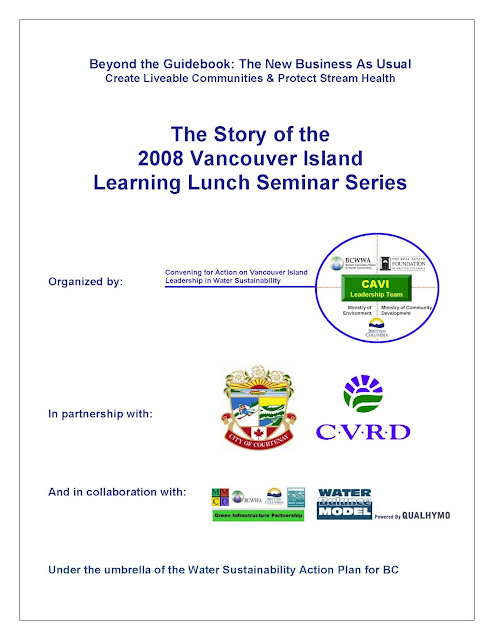In 2009, BC Hydro Power Smart recognized the need for collaboration among organizations and individuals within the province; and embarked upon an initiative known as the Conservation Community of Practice.
“We define conservation quite broadly, to include more than just conserving energy or reducing greenhouse gas emissions,” states Pia Nagpal, BC Hydro Program Manager for Community Planning. “Our long-term goal is build connections between and within communities that result in advancing existing and creating new community-based commitments to actions that support the creation of a conservation culture, and ultimately, conservation itself.”
“The Conservation Community of Practice, supported by BC Hydro, but in existence because of its members, was created in 2010 to bring together like minded conservation champions across BC to collaborate and share best practices on community based conservation initiatives. Organizations such as the Partnership for Water Sustainability in British Columbia have participated in discussions on how to engage communities and municipalities in order to increase education and achieve action.”
“Inspired by members’ innovation and passion to create change, the Conservation Community of Practice publishes a monthly newsletter that features a member organization and/or story to share with others. In February 2012, we were pleased to draw attention to the great work of the Partnership for Water Sustainability. The Partnership connects water, land and people. It is demonstrating the effectiveness of a top-down and bottom-up approach to leading change in the local government setting,” concludes Pia Nagpal.
TO LEARN MORE: The Community-of-Practice newsletter story is posted on the Water Bucket website. To access it, click on Partnership for Water Sustainability in BC Connects Water, Land and People.
E-Blast #2012-08
February 28, 2012



































